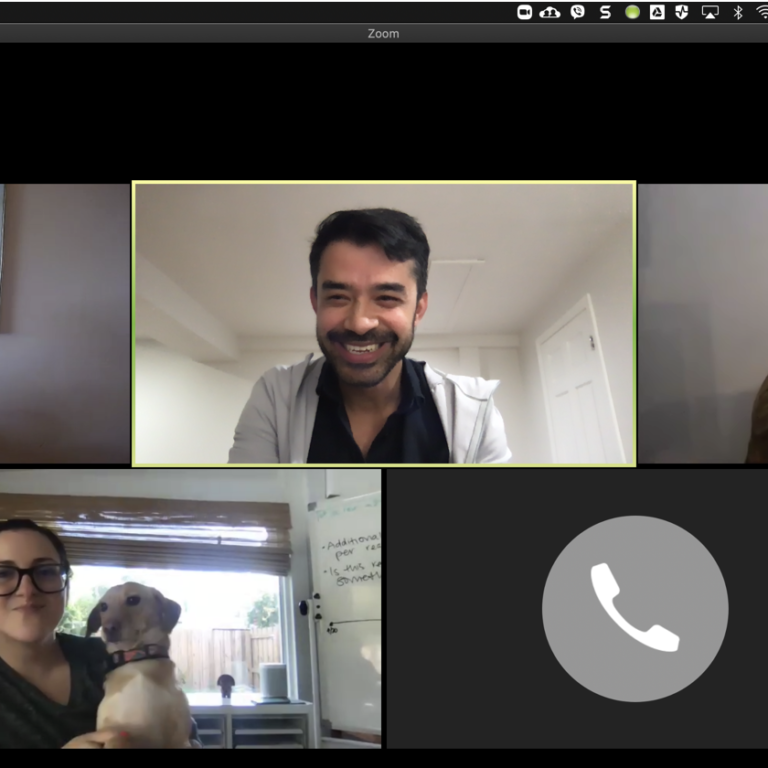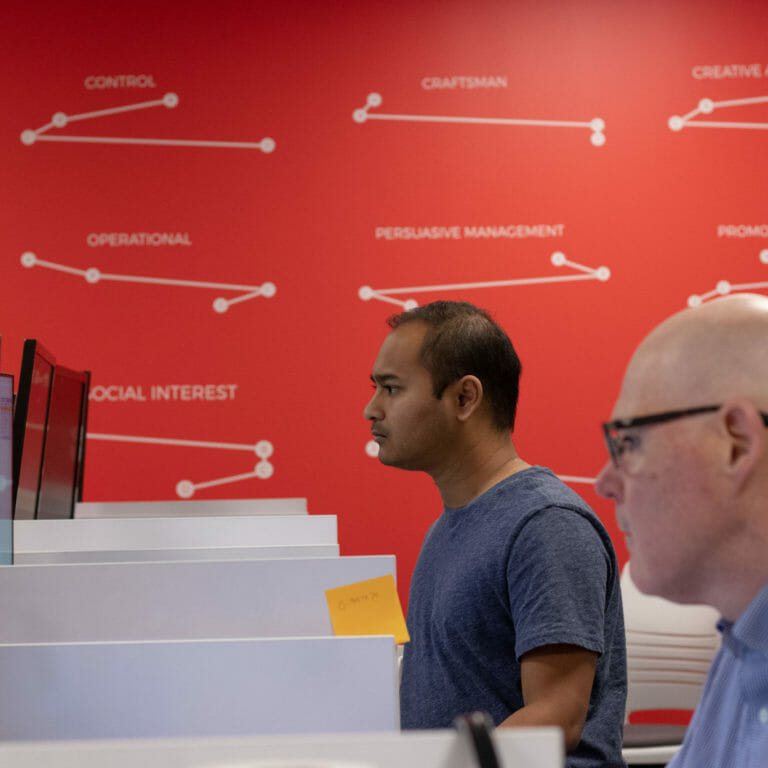
5 tips for internal communication during a crisis
The spotlight is on executives to communicate effectively during this crisis.

The spotlight is on executives to communicate effectively during this crisis.

In this new reality, it’s important to have great remote team communication. Follow these steps to keep your team in sync—and navigate today’s challenges.

When your workforce goes remote, work-life balance can become a major challenge. Here are five things you can say to your employees to help.

Remote management has its own set of distance-related challenges—and in these anxious times, added complexities. Here are five best practices for managers.

The reality is your employees are scared and stressed right now. Here’s how you can protect employee engagement and productivity.

COVID-19 has forced companies to reduce spending and reassess the tools available to them. Here are some tips on how to conserve resources in the workplace.

The essence of disaster management includes how to acknowledge, and adapt to a highly fluid situation.

Manufacturing has experienced rapid growth, but not without some issues. Here are four common problems in the manufacturing industry, and how to solve them.

Looking to lead your employees through a difficult merger? Download our post-merger integration checklist and learn how to navigate change with confidence.

Have a stellar product, but struggling to come up with an effective rollout plan? Here are some tips on how to have a successful new product launch.

Want to learn the secret to building high-performance teams? Check out this guest blog from Drift for tips on how to achieve success in the workplace.

Every company with a good idea eventually brings it to market. Make sure your organization has a winning go-to-market strategy with this how-to.

Employees are the main reason your system implementation will succeed or fail. Here are six tips for getting your people on board with the change.

There comes a point in every business when something happens that radically changes how the business operates: Leaders start to implement processes. For employees who are used to improvising as they go and doing things their own way, this shift can be difficult. “We’ve gotten results without these processes,” they think, “Why should I change…